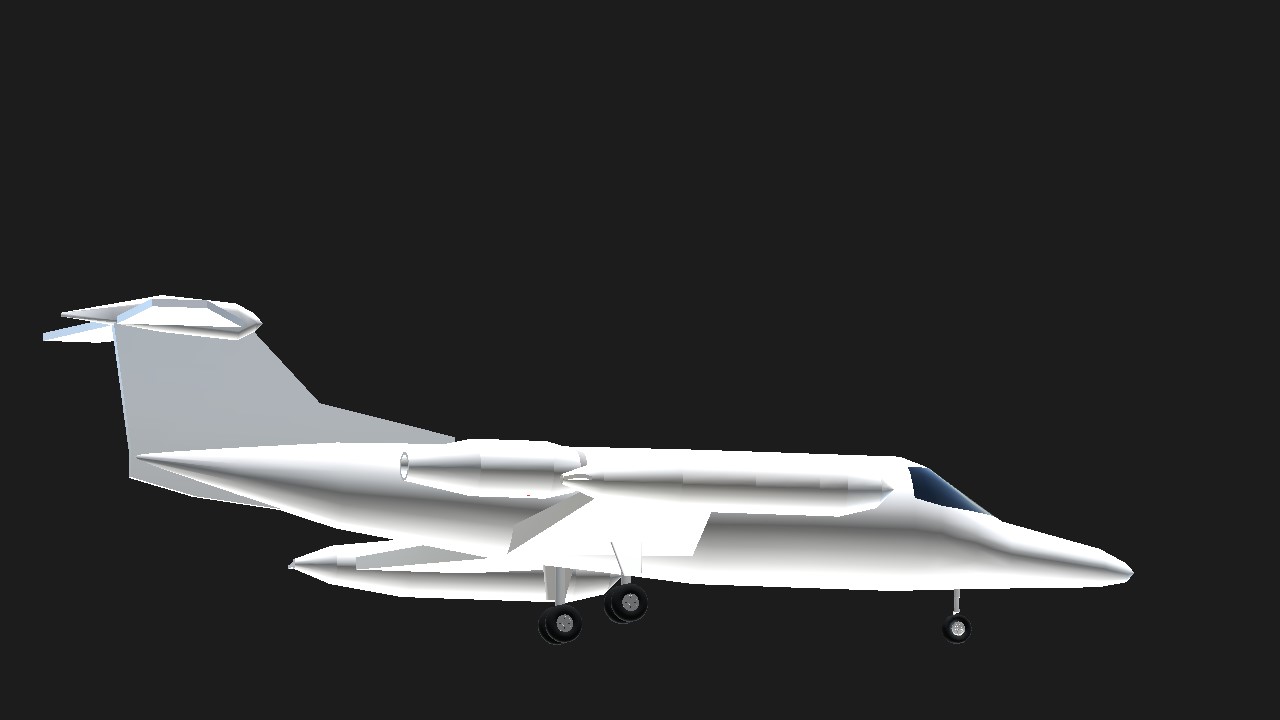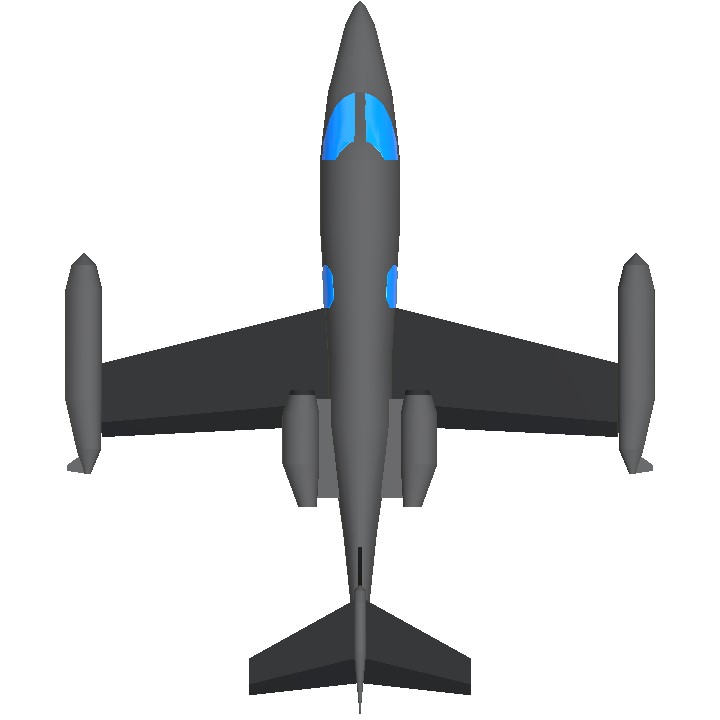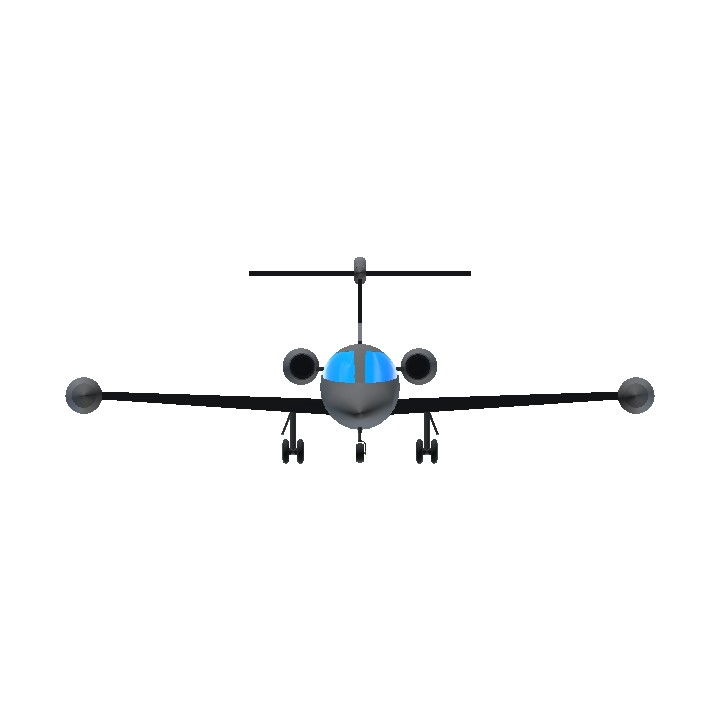For @WinsWings Challenge
First replica made by Glassy (me)
Inspired from @MAPA
Sorry if it hard to control
Pls no hate :)
The Learjet 23 (originally Lear Jet 23) is an American six-to-eight-seat (two crew and four to six passengers) twinjet, high-speed business jet manufactured by Learjet. Introduced in 1964, it was Learjet's first model and created a new market for fast and efficient small business aircraft. Production ended in 1966 after 101 aircraft had been delivered.
Recognizing the potential of the Swiss-designed single-engine ground-attack FFA P-16 fighter jet, William (Bill) Powell Lear, Sr. established Swiss American Aviation Corporation (SAAC) to produce a two-engined passenger version: the SAAC-23 Execujet. The company moved to Wichita, Kansas and was renamed Lear Jet Corporation. Production began on the first Model 23 Lear Jet on February 7, 1962. The first flight took place on 7 October 1963 with test pilots Hank Beaird and Bob Hagen. On 4 June 1964, the prototype crashed soon after takeoff, when the pilot inadvertently deployed the wing spoilers while demonstrating an engine failure on takeoff. Eventually determined to be pilot error, this mishap did not deter the Federal Aviation Agency (later the Federal Aviation Administration) from awarding the Lear Jet 23 its type certificate on 31 July 1964. On October 13, 1964, the first production aircraft was delivered.
Production ended in 1966 after one hundred and one aircraft had been delivered. In 1998, thirty nine Model 23s were estimated to remain in use. Twenty seven are known to have been lost or damaged beyond repair through accidents, the most recent being in 2008.
Specifications
Spotlights
- YarisSedan 2.3 years ago
- WinsWings 2.3 years ago
- Zerkk 2.3 years ago
General Characteristics
- Predecessor 96 Parts Challenge 9.20.23 [CLOSED]
- Created On Android
- Wingspan 39.2ft (12.0m)
- Length 48.0ft (14.6m)
- Height 13.8ft (4.2m)
- Empty Weight 19,666lbs (8,920kg)
- Loaded Weight 26,307lbs (11,932kg)
Performance
- Power/Weight Ratio 4.356
- Wing Loading 81.4lbs/ft2 (397.4kg/m2)
- Wing Area 323.2ft2 (30.0m2)
- Drag Points 2366
Parts
- Number of Parts 78
- Control Surfaces 7
- Performance Cost 456







Thanks for download and Upvote
(。◕‿◕。)
@Noo mkasih (◔‿◔)
Mantaps
@DatMaluchGuy19 makasih bg (◔‿◔)
Sangat Simpel Sekali, Spotlight Deh :v
Also thanks @Zaineman (^O^)
@MAPA thank you! :D
It is so cute! (♡ω♡ )
@WinsWings thank you! :D
nice
@MAPA